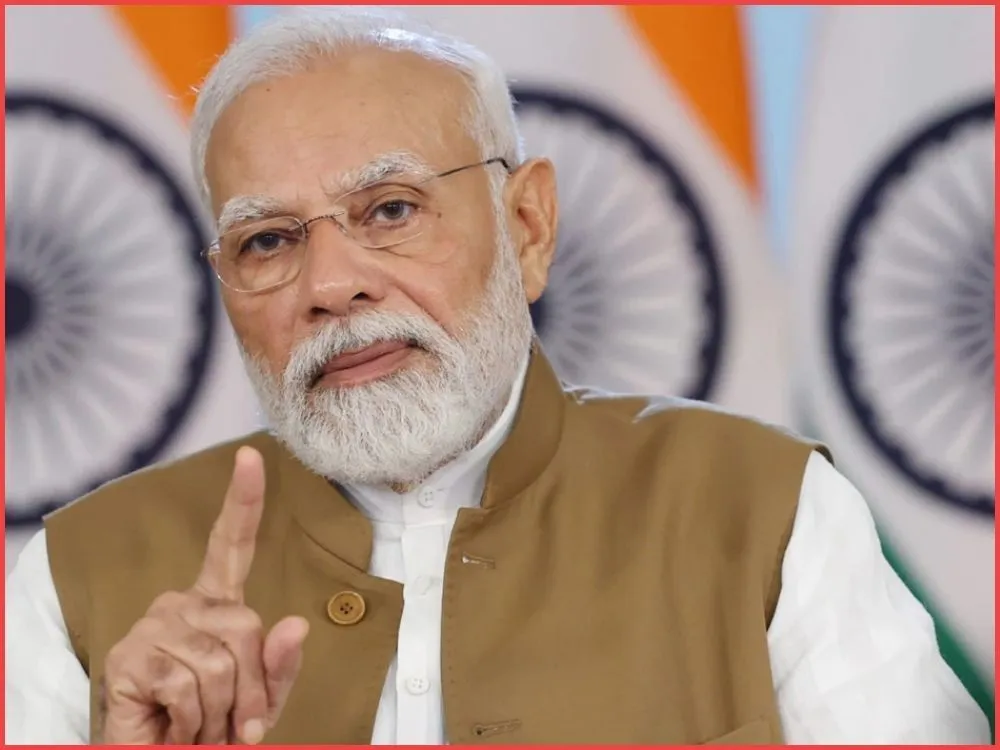Modi Government’s New Housing Plan Promises Big Benefits for the Middle Class

Source image: google.com
In a move aimed at providing relief to the middle class, the Modi government is set to introduce a new housing plan ahead of the Lok Sabha elections. Under this initiative, substantial interest subsidies will be offered to individuals obtaining loans from banks. This plan, which entails a whopping expenditure of 600 billion rupees (approximately 7.2 billion dollars) over the next five years, aims to alleviate the financial burden on the urban middle-class population. Prime Minister Narendra Modi first hinted at this scheme during his speech at the Red Fort on August 15th, although detailed information was not provided at that time.
Understanding the Plan
According to sources cited by Reuters, the plan will offer an annual interest subsidy ranging from 3% to 6.5% on loans up to 900,000 rupees. This subsidy will be available for loans taken for a period of 20 years, and it will be applicable to home loans of less than 5 million rupees. A government official mentioned that the interest subsidy would be credited in advance to the beneficiaries’ home loan accounts. This scheme could potentially be implemented until the year 2028 and could benefit up to 2.5 million loan applicants in lower-income urban areas.
However, the Ministry of Housing and Urban Affairs, as well as the Ministry of Finance, have not yet officially commented on this proposal. It is expected that lenders, i.e., banks, will soon hold discussions with government officials regarding the scheme’s implementation. Additionally, banks have reportedly started identifying potential beneficiaries.
It’s worth noting that towards the end of this year, major states are scheduled to hold elections, in addition to the impending Lok Sabha elections. In light of these political events, the government has been rolling out various schemes targeting different segments of the population. Recently, a special scheme called the Vishwakarma Plan was launched for a specific group. Furthermore, to control inflation, there has been an approximate 18% reduction in domestic cooking gas prices.
Benefits for the Middle Class
The middle class in India has long been grappling with the challenges of rising inflation and the increasing cost of living. The reduction in the prices of domestic LPG cylinders earlier this year was a welcome relief for many households. Now, with the announcement of this housing plan, the middle class can look forward to more substantial savings and improved access to affordable housing.
Impact on the Middle-Class Population
The middle class constitutes a significant portion of India’s population and plays a pivotal role in the country’s economic growth. However, this segment often faces financial constraints when it comes to purchasing homes due to high-interest rates on loans. The introduction of this interest subsidy is expected to make home ownership more affordable, thereby stimulating the real estate market and contributing to economic development.
Addressing the Need for Affordable Housing
Affordable housing has been a critical concern in India, particularly in urban areas where property prices are skyrocketing. The Modi government’s new housing plan aims to bridge the affordability gap by reducing the financial burden on middle-class homebuyers. By providing interest subsidies, the government is encouraging individuals to invest in their own homes, which, in turn, can lead to increased homeownership rates and improved living standards.
Election-Year Promises
As India approaches crucial state and national elections, the government is keen on addressing the pressing concerns of various segments of the population. The housing plan, along with other initiatives like the Vishwakarma Plan and the reduction in cooking gas prices, reflects the government’s efforts to win over voters with tangible benefits.
Conclusion
The Modi government’s proposed housing plan for the middle class is a significant step towards making homeownership more accessible and affordable. By providing interest subsidies on home loans, the government aims to ease the financial burden on the urban middle class and stimulate economic growth. As the nation gears up for elections, these initiatives are likely to influence the voting preferences of the middle-class population, making them a crucial element in India’s political landscape.












